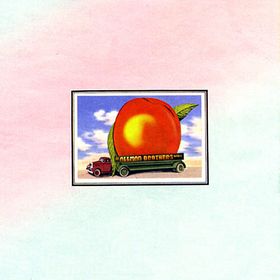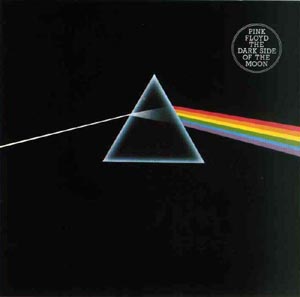The Allman Brothers' "Eat a Peach" (1972) opened up to a bucolic fantasy landscape, as though glimpsing the heaven recently deceased Duane Allman had flown to. The Ohio Players' single-album "Greatest Hits" (1975) used the form to mess with our heads: You don't see the noose around the beautiful African-American model's neck until you open the cover up.
Then thee were the format's sundry utilitarian functions, notably the ergonomically perfect setup for cleaning illegal herbal substances.
Enoch Light, the post-World War II British musician, producer and stereophonic sound guru, is credited with inventing the format in the late 1950's, but Elvis Presley may have beat him to the punch with "Elvis' Christmas Album" in 1957.
As for the first double LP (and first live double), Dave Brubeck usually gets the nod for 1963's "At Carnegie Hall," but Bob Dylan's "Blonde on Blonde" (1966) was the double studio album that ushered in rock's glories ("The White Album," the Who's "Tommy") and excesses ("Tales of Topographic Oceans").


